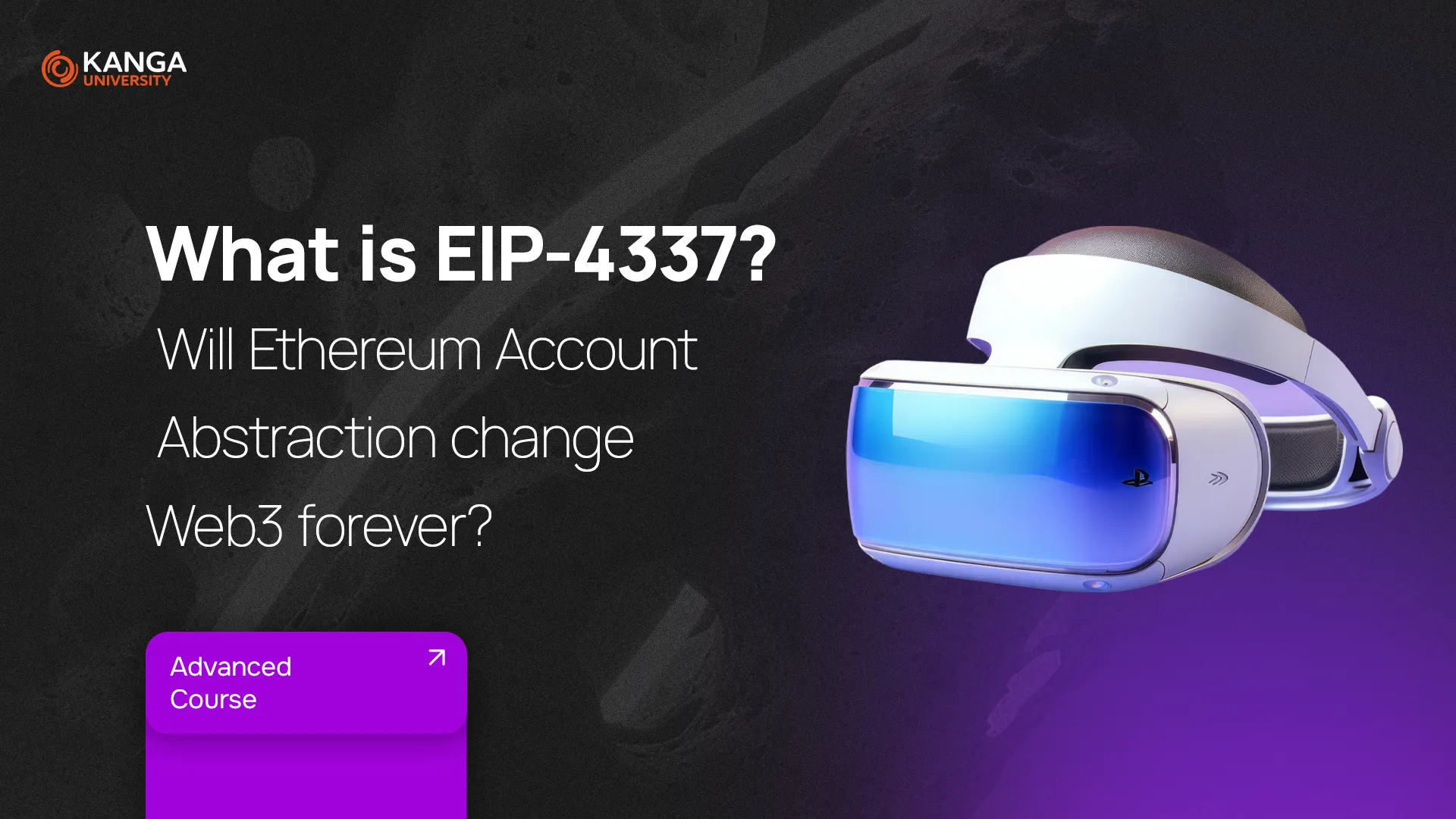
Account Abstraction (AA) is one of the most exciting innovations in the Ethereum ecosystem. It’s designed to make using crypto wallets much easier and more secure—especially for beginners—without changing Ethereum’s core protocol. Instead of adding new types of transactions or modifying the consensus mechanism, it introduces a higher-layer system called UserOperation.
This functionality became possible with the launch of ERC-4337, a standard that went live on Ethereum’s mainnet in March 2023. With it, developers can build smart wallets that combine usability with the full power of smart contracts.
What is ERC-4337?
ERC-4337 is an official Ethereum standard that enables account abstraction without requiring a hard fork. First proposed in 2021 under the name EIP-4337, it was officially approved and implemented in 2023. This standard introduces UserOperation objects, allowing smart contracts to act like user accounts.
The result? A new generation of wallets that function more like modern apps. They’re customizable, secure, and user-friendly, making it easier for anyone to interact with the world of Web3.
How Accounts Work on Ethereum
Ethereum uses an account-based model (unlike Bitcoin’s UTXO model), where balances and transactions are tracked through accounts. There are two types:
-
EOA (Externally Owned Accounts): Controlled by users through private keys.
-
Smart Contract Accounts: Powered by code, capable of executing smart contracts.
Most wallets today (like MetaMask) are EOAs. They work well but have limitations. If you lose your private key or recovery phrase, access to your assets is gone forever. You also have to manually sign every transaction.
ERC-4337 changes that by turning wallets into smart contract wallets—flexible, programmable, and easier to manage.
Why ERC-4337 Is a Big Deal
-
Greater Security: No more worrying about losing your seed phrase. You can add multi-factor authentication or social recovery options.
-
Better User Experience: Setting up a wallet becomes as easy as creating a profile in a regular app.
-
Custom Features: Set up automatic payments, approve recurring transactions, or create custom rules for wallet access.
-
Gas Flexibility: Pay network fees in ERC-20 tokens or even fiat, not just ETH.
-
No Hard Fork Required: ERC-4337 works via a special mempool, so it doesn’t interfere with Ethereum’s consensus protocol.
-
Signature Support: Compatible with advanced signature methods like BLS, Schnorr, and others.
What This Means for New Users
For newcomers, ERC-4337 removes the biggest barriers to entry in crypto:
-
You don’t need to store or remember a recovery phrase.
-
If you lose access, your account can be recovered through trusted contacts or a multi-signature process.
-
Wallets are more intuitive, and using decentralized apps becomes smoother and safer.
-
Transactions can be paid in stablecoins or other tokens—not just ETH.
This opens the door to wider adoption of digital assets and makes interacting with blockchain technology feel more familiar.
A Better Crypto Wallet Experience
Let’s be honest—crypto wallets have always been a bit intimidating. Even experienced users can make mistakes, and seed phrase recovery systems are far from user-friendly.
ERC-4337 changes that. It paves the way for smart wallets that behave more like modern fintech apps but remain fully decentralized and secure.
Summary
ERC-4337 is a groundbreaking standard in the Ethereum ecosystem. It enables smart contract-based wallets that are flexible, safe, and easy to use. By combining the functionality of EOAs and contract accounts, this standard eliminates long-standing pain points in Web3.
If widely adopted, ERC-4337 could be the key to bringing the next billion users into crypto.